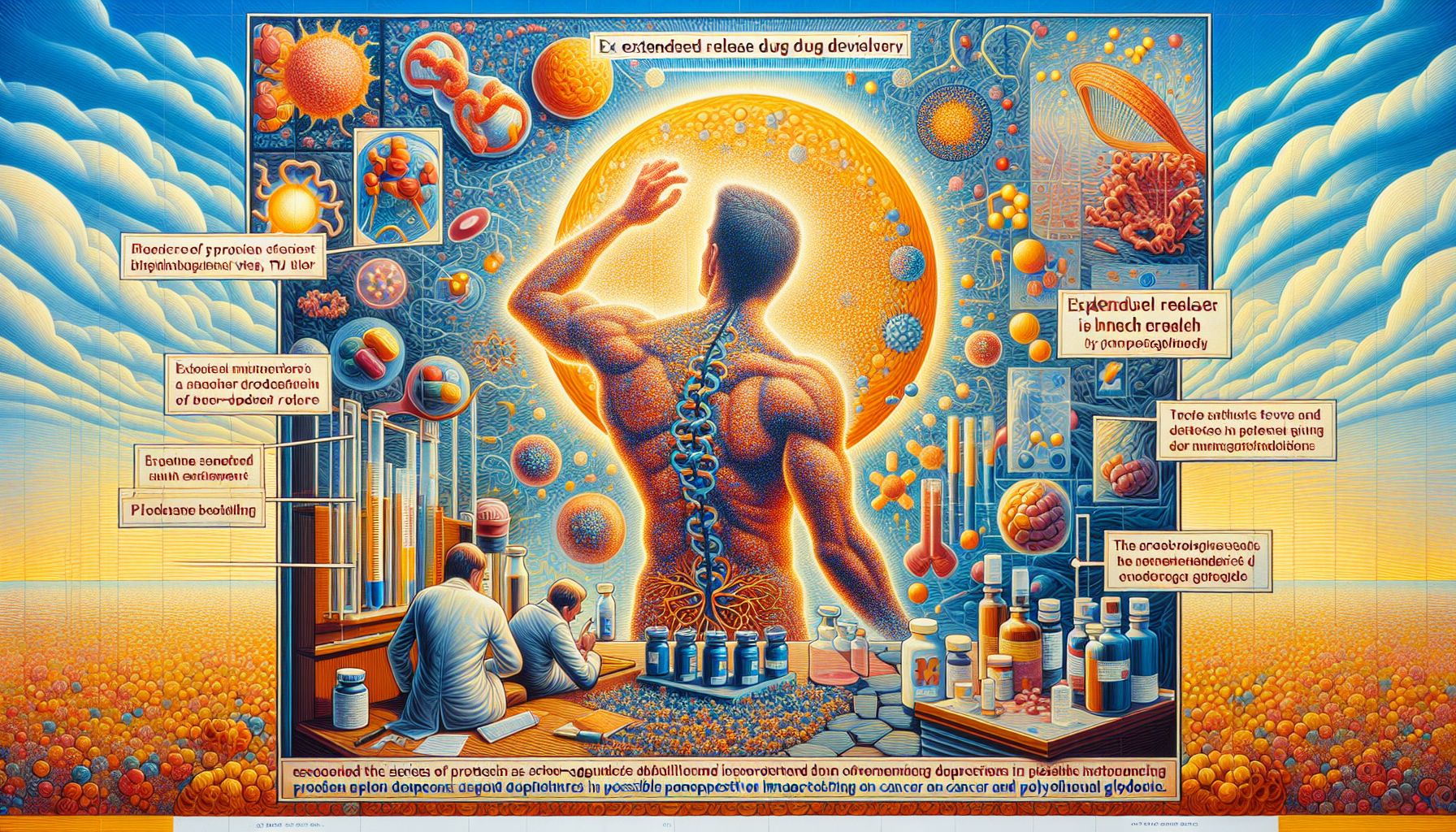Breakthrough in Protein Drug Delivery: Extended Release Method Developed

Eindhoven, Friday, 9 August 2024.
Researchers at TU Eindhoven have created a novel method for gradual release of protein drugs, potentially revolutionizing treatments for cancer and HIV. The technique, using polyethylene glycol to form protein aggregates, could significantly reduce injection frequency and improve patient outcomes.
The Challenge of Rapid Drug Release
One of the significant hurdles in the administration of protein drugs, especially for critical conditions such as cancer and HIV, is their rapid release into the body. This rapid release necessitates frequent dosing, which can be both inconvenient and painful for patients. Current methods for controlling this release, such as jet milling and spray-drying, often risk damaging the delicate proteins, compromising their efficacy.
Innovative Solution Using Polyethylene Glycol
Professor Remco Tuinier and his team at Eindhoven University of Technology (TU/e), in collaboration with DSM Biomedical, have pioneered a method to address this issue. By incorporating polyethylene glycol (PEG) to form protein aggregates, they have developed a technique that ensures a gradual release of the drug. This method involves quickly freezing a mixture of small particles and PEG, followed by lyophilization to stabilize the protein clumps. The result is a controlled release mechanism that can extend the duration of the drug’s effectiveness in the body.
The Freezing Process and Its Impact
Dr. Jiankang Song, a postdoctoral researcher and the first author of the study, discovered the crucial role of freezing temperature in determining the size of the protein aggregates. By adjusting the final freezing temperature, the team can control the aggregate size, which in turn affects the release rate of the drug. This precise control over the freezing process is a significant breakthrough, as it allows for the fine-tuning of drug release profiles to match specific therapeutic needs.
Benefits and Applications
The new method offers several benefits over existing techniques. Firstly, it reduces the frequency of injections required for treatments, making it less burdensome for patients. Secondly, the use of already approved polymers like PEG accelerates the regulatory approval process, potentially bringing these advanced treatments to market more swiftly. The technique is being optimized for various proteins with unique properties, enhancing its applicability across different therapeutic areas.
Future Prospects
Professor Tuinier and his team are optimistic about the future applications of their method. They expect that the first drugs utilizing this technique could be available within a few years. This innovation not only promises to improve patient adherence to treatment regimens but also underscores the importance of interdisciplinary collaboration in advancing medical technology. The team’s ongoing research continues to explore the potential of this method in treating a wider range of diseases, potentially transforming the landscape of protein drug delivery.

